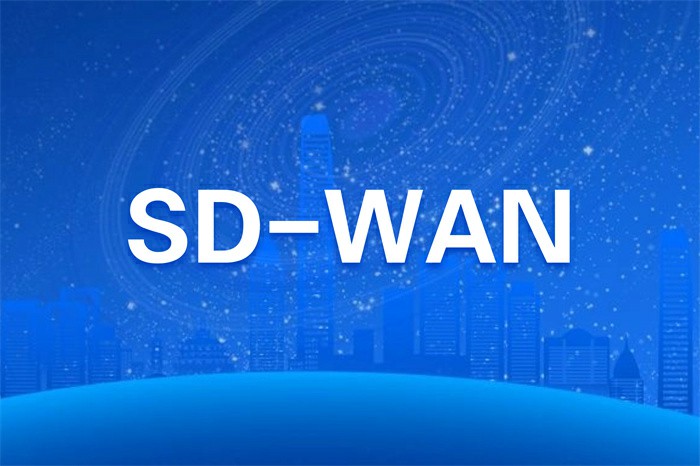Global IT supply chain
International transportation + IT O&M outsourcing + self-owned backbone network
SD-WAN integrates a variety of communication resources available to enterprises—such as MPLS, Ethernet, wireless networks, 4G/LTE, satellite communications, private networks, and the internet. By leveraging a “control and forwarding separation” architecture, SD-WAN achieves optimized QoS (Quality of Service) for all business traffic, global path selection, and intelligent orchestration of business policies. Compared to traditional router-based wide area network (WAN) solutions, SD-WAN introduces several innovative approaches:

1. Separation of Control and Forwarding
The concept of separating control and forwarding has been a key feature of SDN (Software-Defined Networking). SD-WAN elevates this concept by focusing more on the control of the overlay layer (the virtualized network) while relying on the forwarding layer to manage the underlay layer (physical network). This separation significantly reduces the complexity of configuring traditional network routers.
2. Global Path Selection and Control
SD-WAN replaces traditional router-based dynamic routing protocols with centralized path control. In traditional networks, dynamic routing protocols exchange link information between routers to maintain local routing tables for forwarding decisions. Even with advanced protocols like BGP, route decisions are often made locally, though route distribution can be centralized using a Route Reflector.
In contrast, SD-WAN centralizes path management through an SDN controller, which maintains a unified global routing table. Edge devices, such as CPEs or SD-WAN endpoints, upload local link status to the controller and receive optimized routing tables in return. This architecture streamlines the routing process, improves network efficiency, and enhances overall agility.
3. Centralized QoS Policy Management
In traditional networks, QoS (Quality of Service) is typically managed independently by individual gateways and routers, leading to fragmented and suboptimal control. SD-WAN addresses this challenge by centralizing QoS policy management.
Edge devices continuously report real-time performance metrics, including latency, jitter, packet loss, and available bandwidth. The SDN controller analyzes this data and translates SLA (Service Level Agreement) goals defined by network administrators into specific QoS policies, such as bandwidth allocation and latency targets. These policies are then translated into routing decisions, enabling the selection of the best path for specific traffic types. Centralized QoS management is foundational to SD-WAN’s global path optimization capabilities.
4. Intelligent Business Policy Orchestration
SD-WAN’s “software-defined” characteristic is primarily reflected in its ability to orchestrate business policies. Policies define how SD-WAN controls applications, devices, links, network performance, SLA/QoS guarantees, and routing. Orchestration refers to the mapping and association between these policies and SD-WAN resources, such as overlay and underlay networks.
Simply put, policy orchestration determines how SD-WAN utilizes available resources to achieve SLA objectives. The SDN controller dynamically adjusts policies based on real-time network conditions, automating resource allocation. The effectiveness of this orchestration depends on the granularity of control and the precision of policy definitions, which ultimately dictate SD-WAN’s deployment success.
Conclusion
SD-WAN significantly improves the utilization of network resources and enhances service quality, offering enterprises a more flexible, efficient, and intelligent WAN solution. Its architecture simplifies network configuration while dynamically optimizing business traffic. For more details on how SD-WAN can transform your enterprise network, contact Ogcloud for tailored solutions.

International transportation + IT O&M outsourcing + self-owned backbone network

Cellular chips + overseas GPS + global acceleration network

Overseas server room nodes + dedicated lines + global acceleration network

Global acceleration network + self-developed patented technology + easy linking

Global Acceleration Network + Global Multi-Node + Cloud Network Integration


